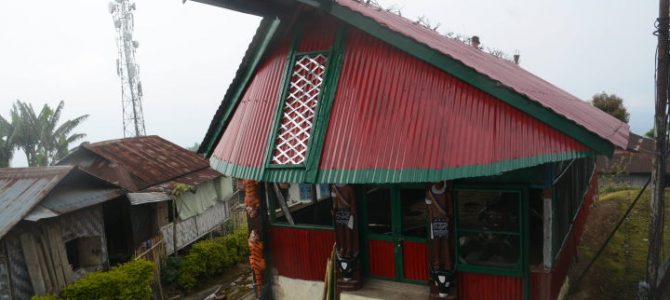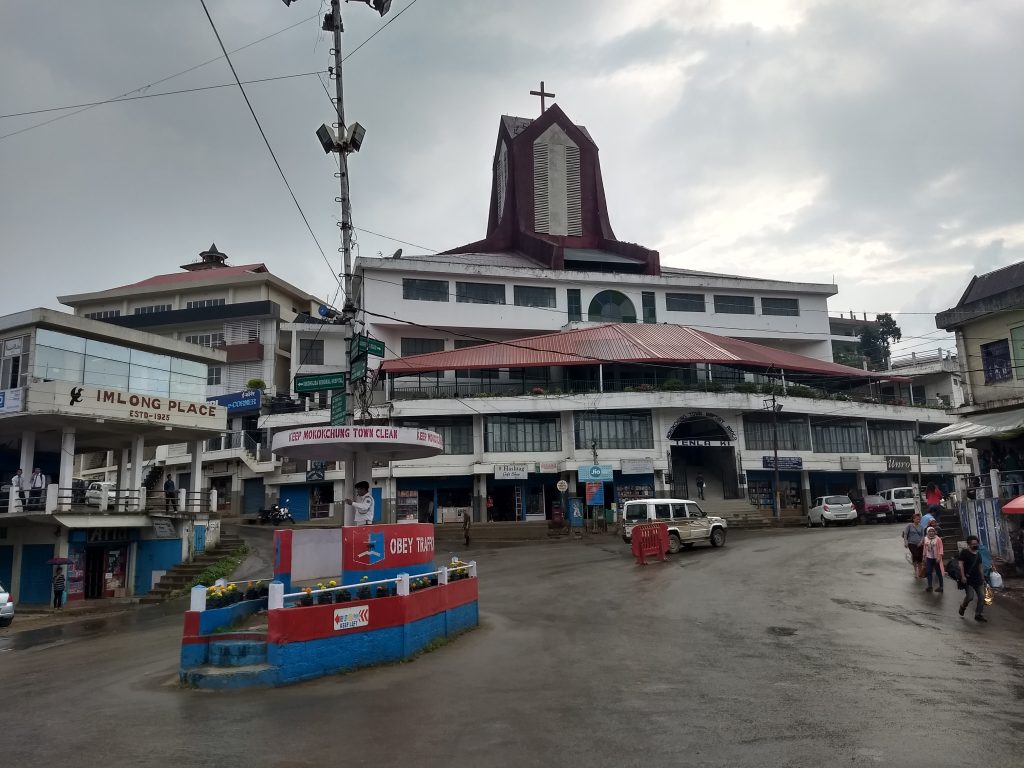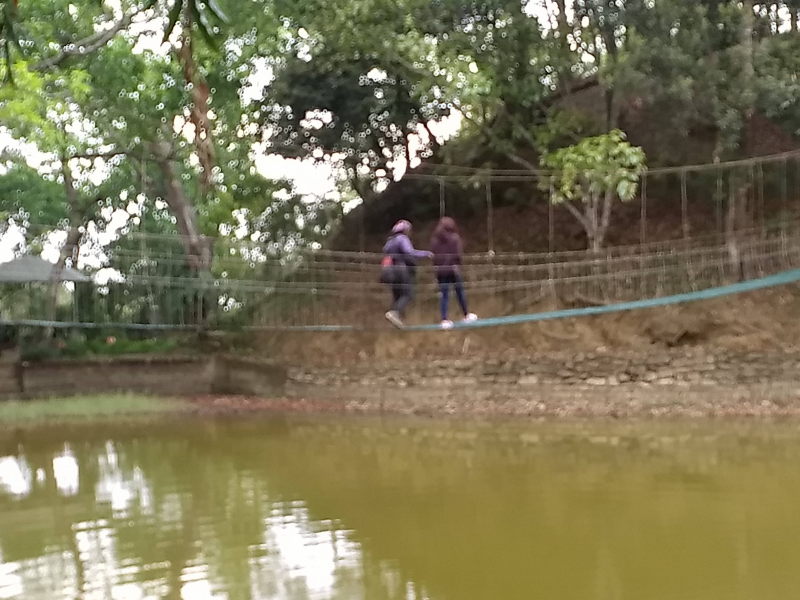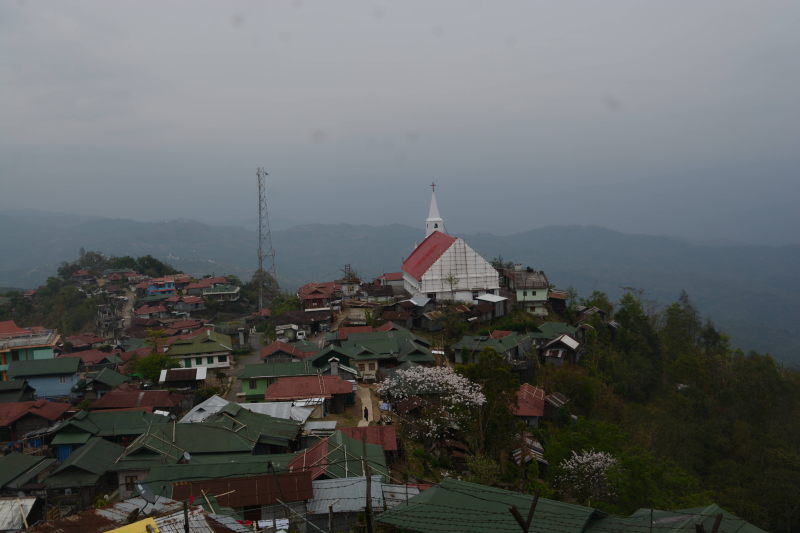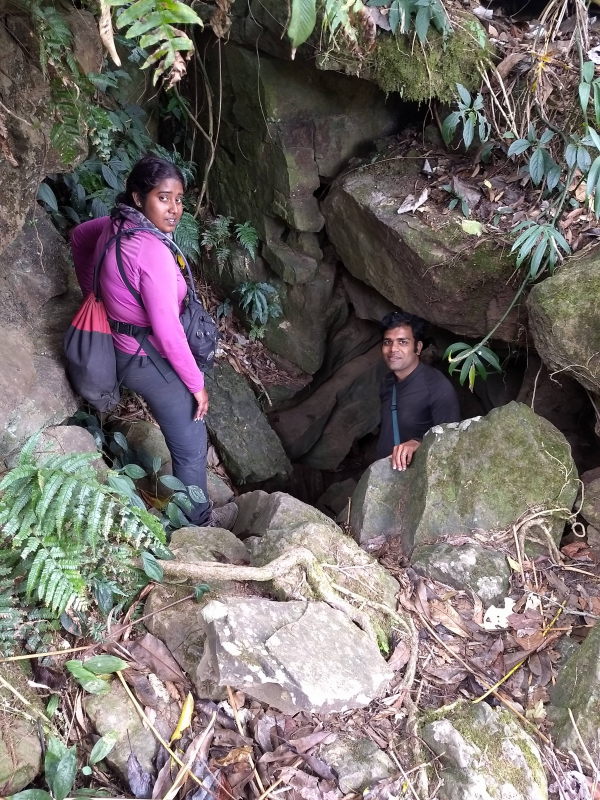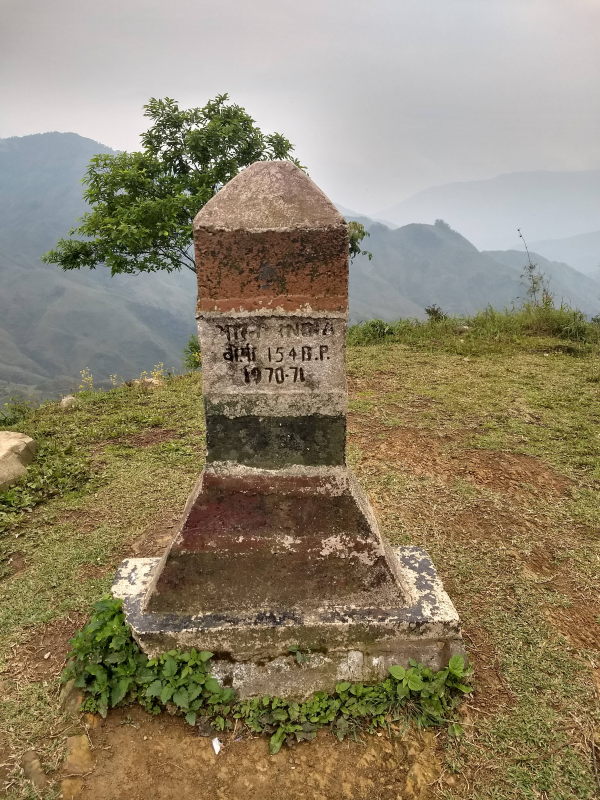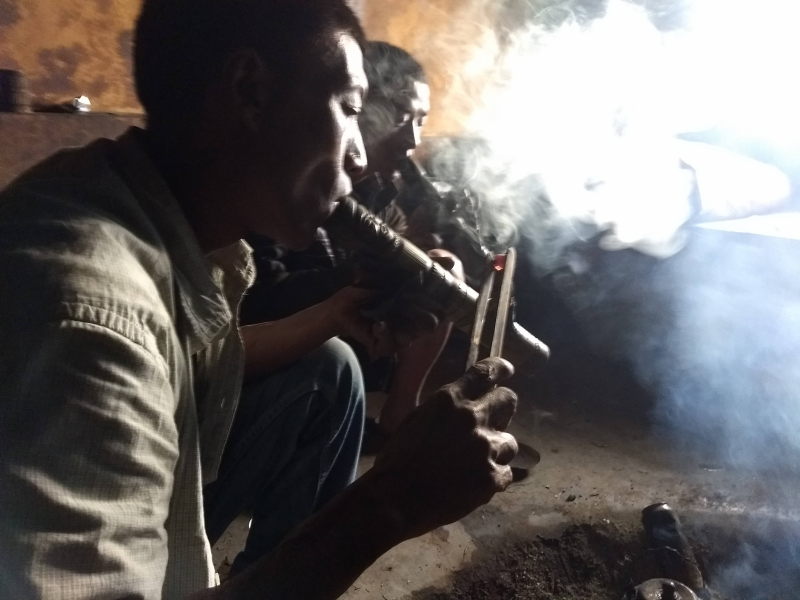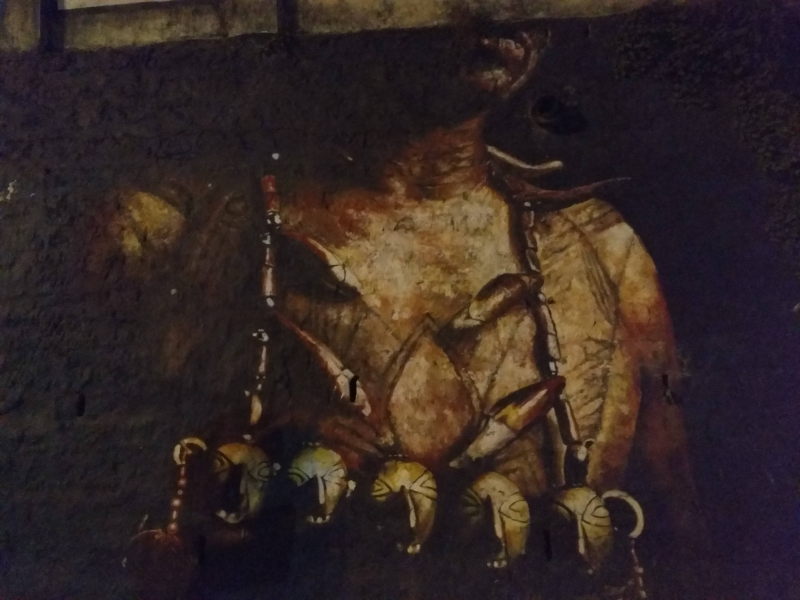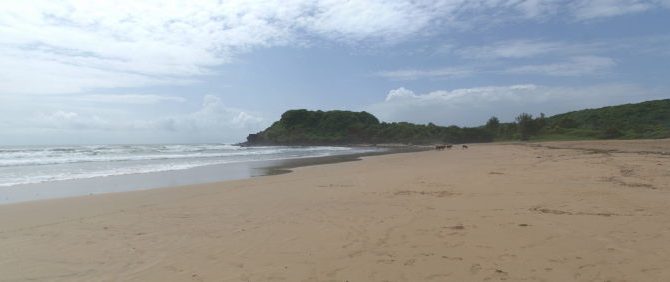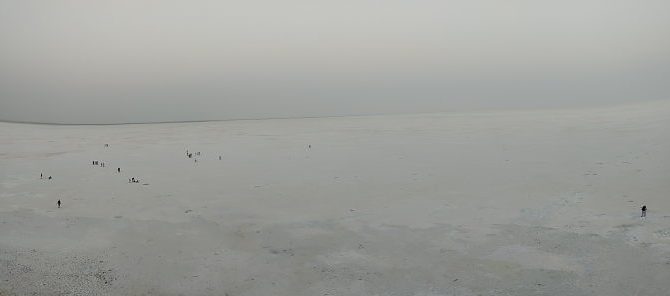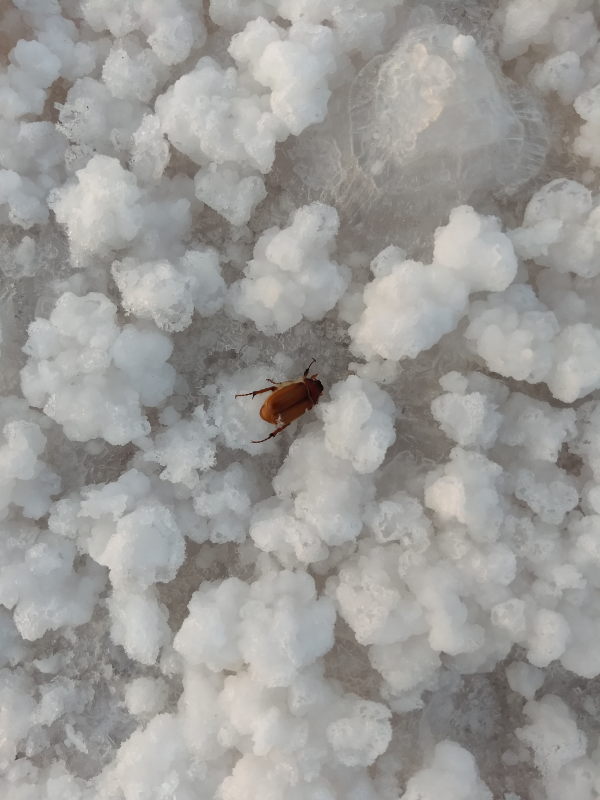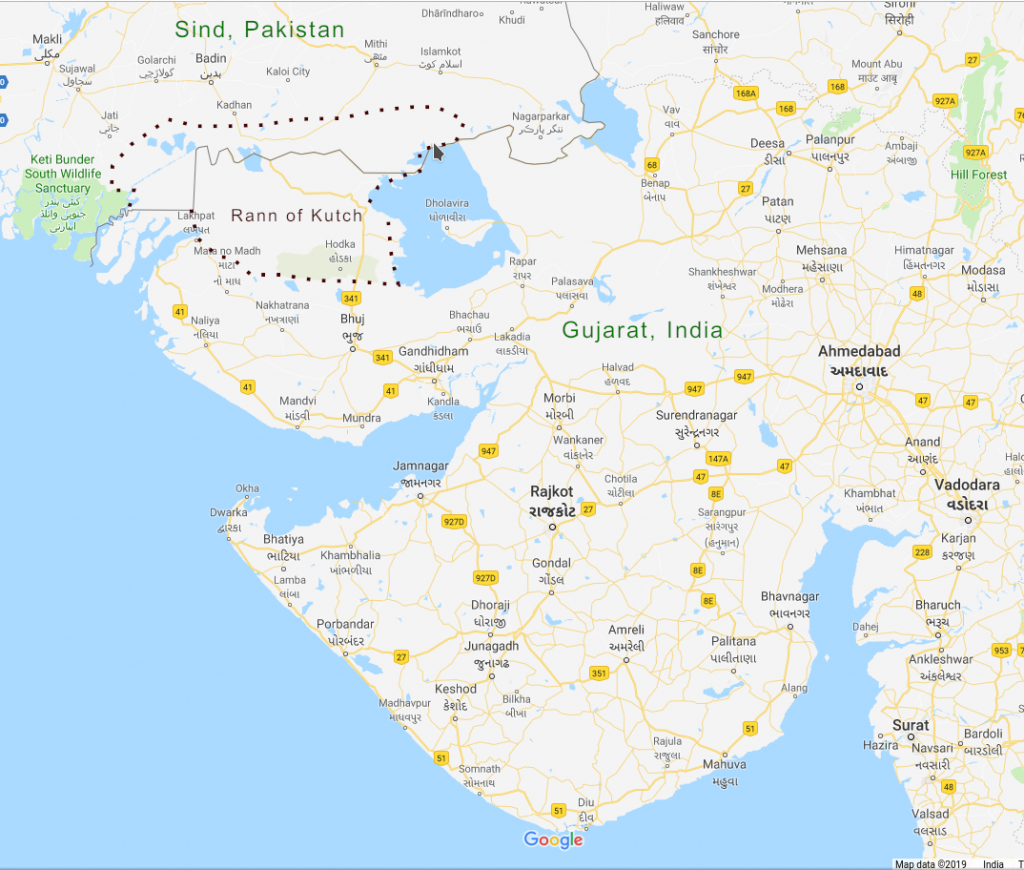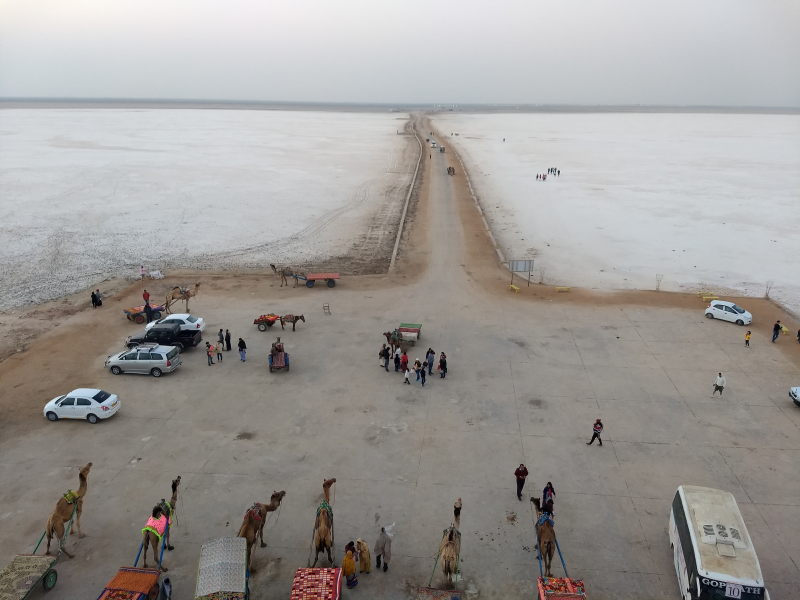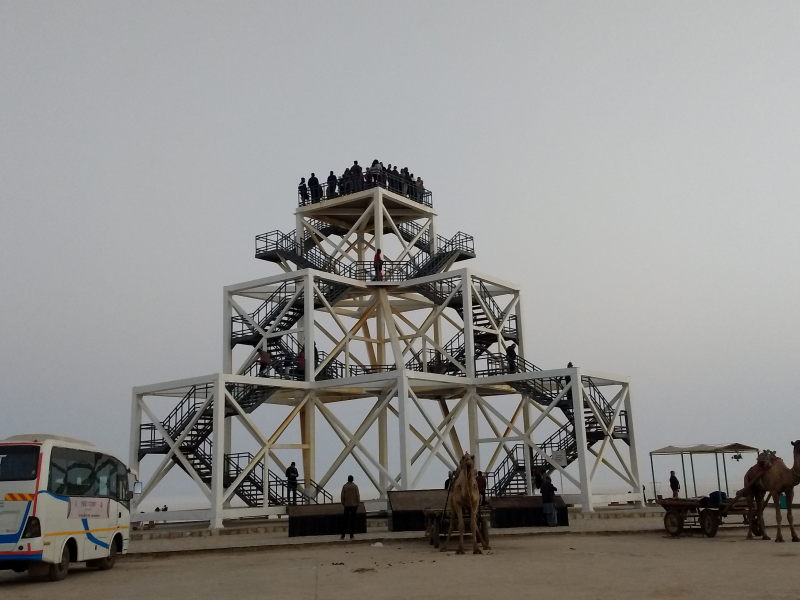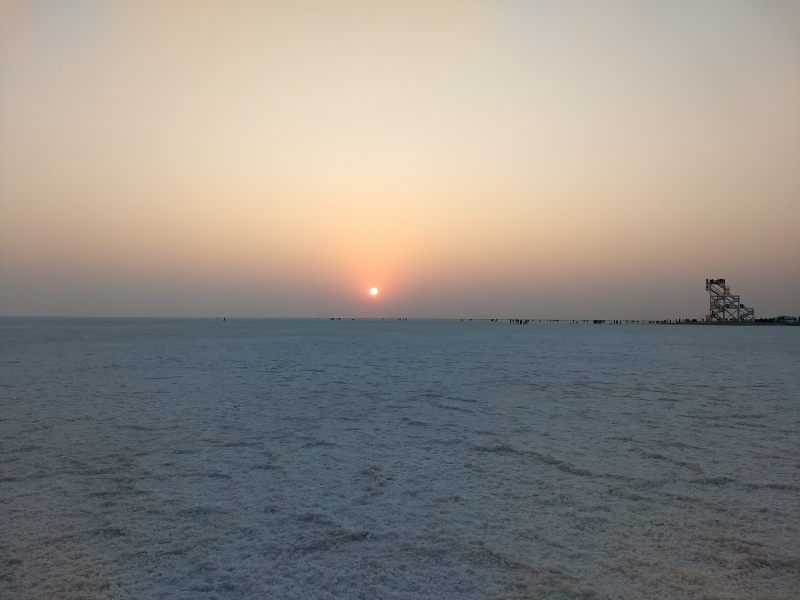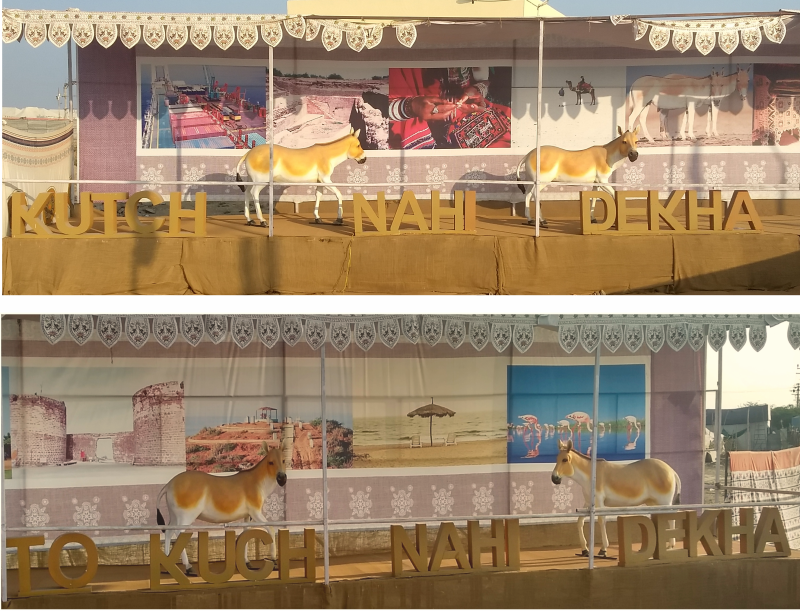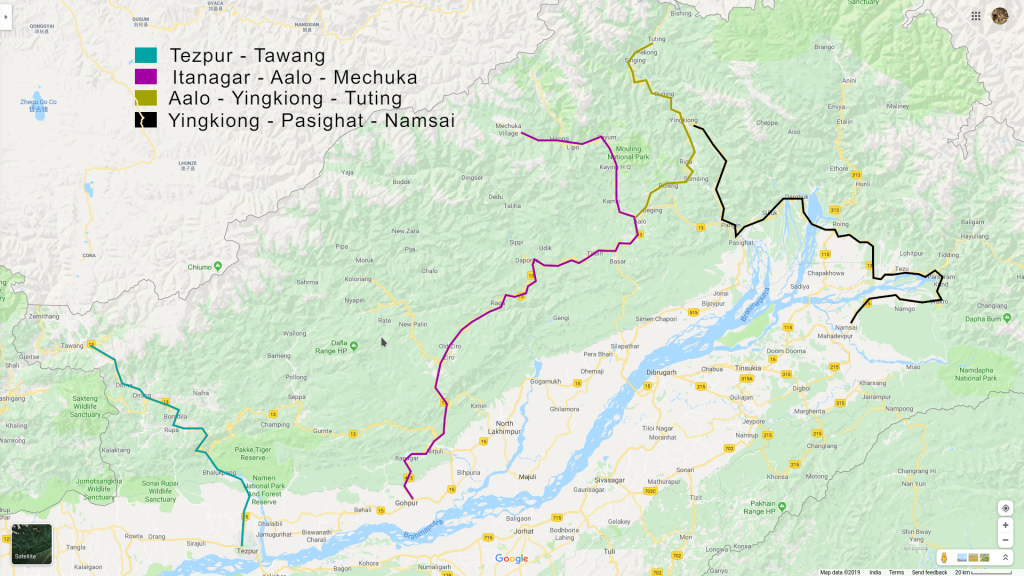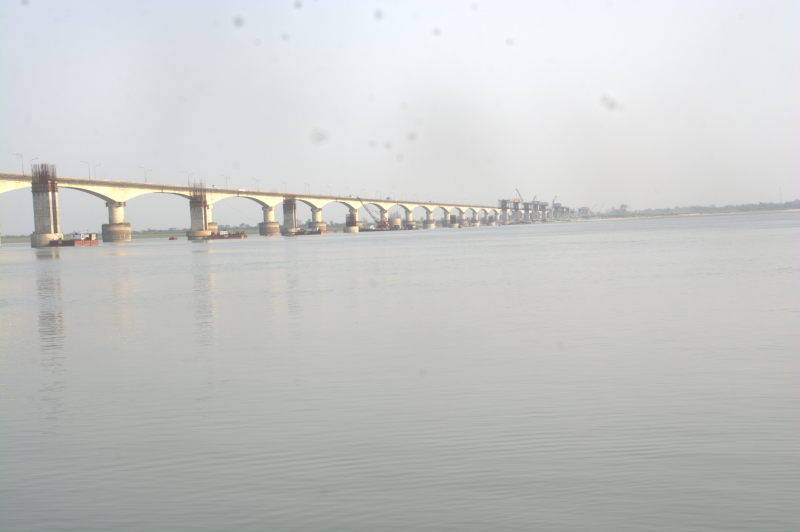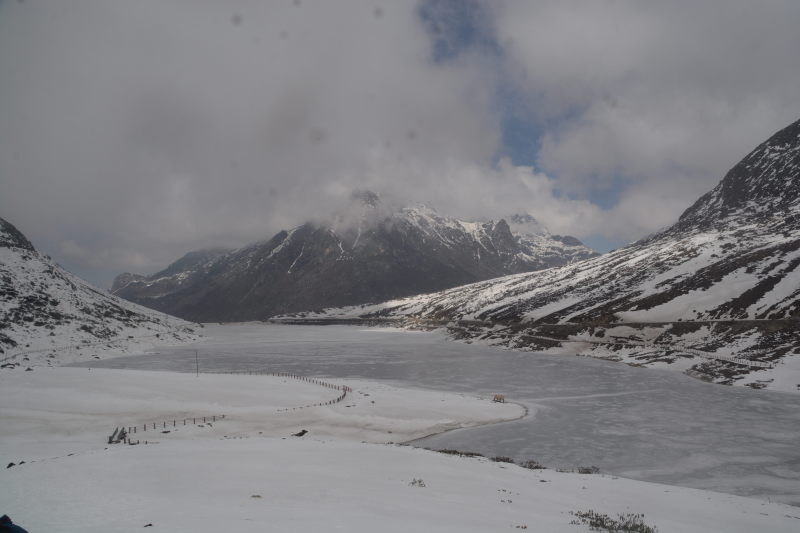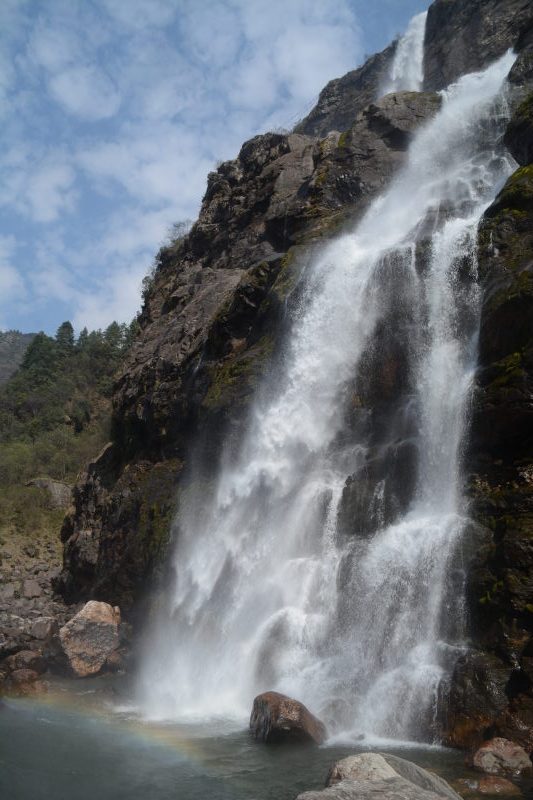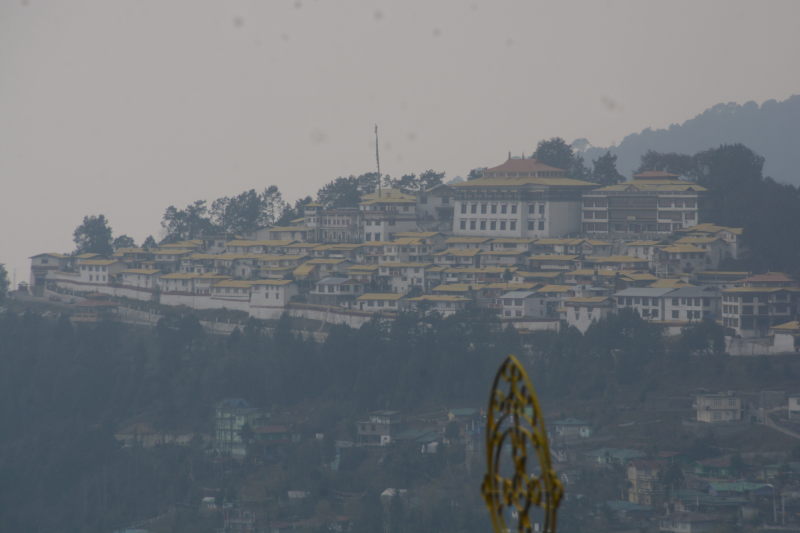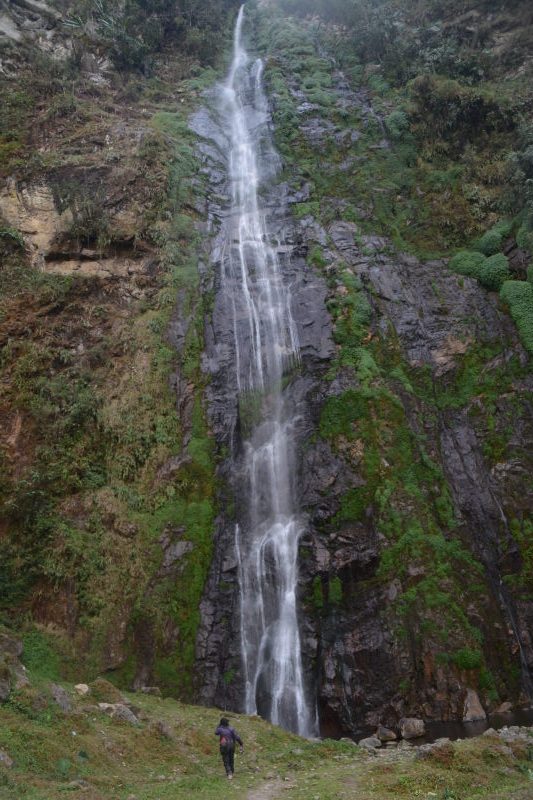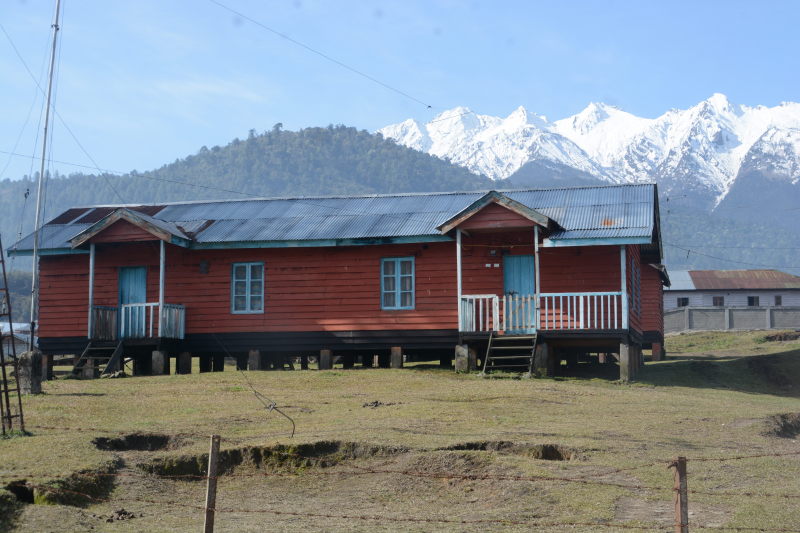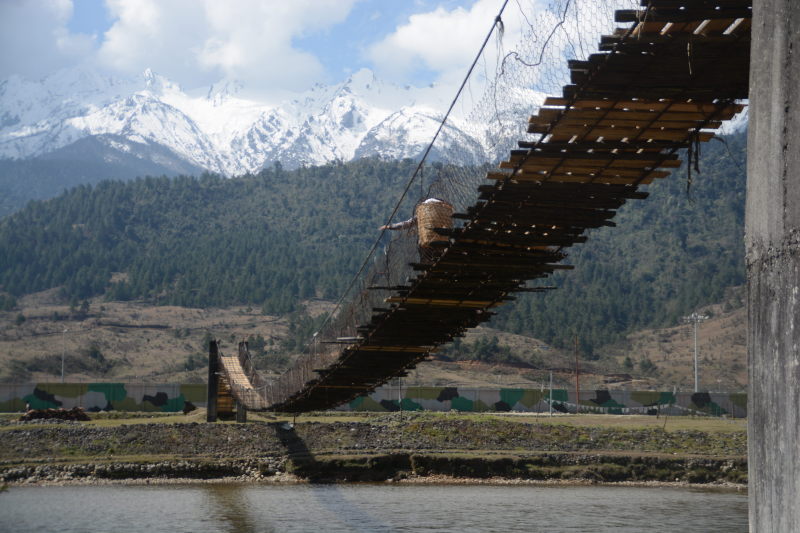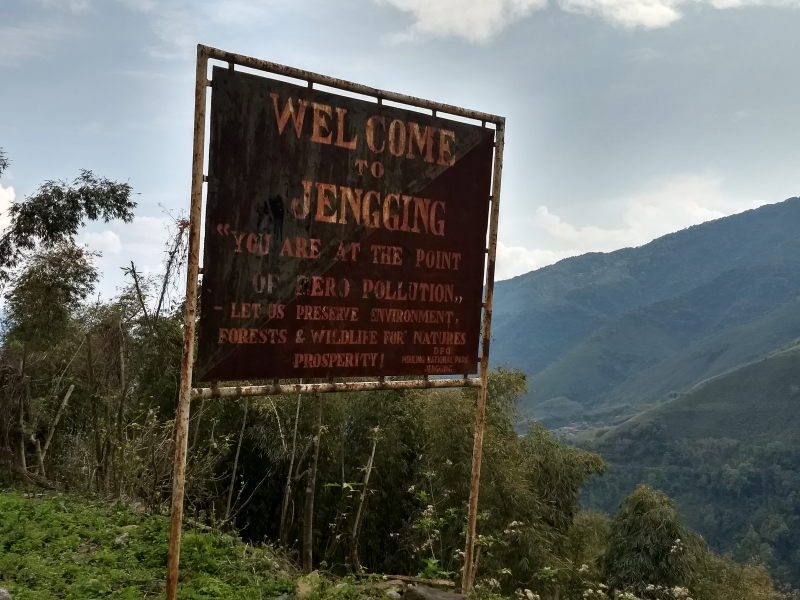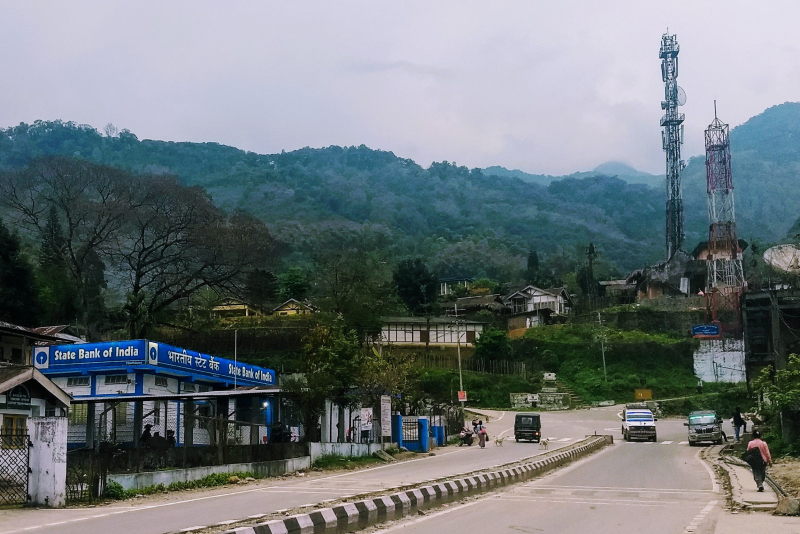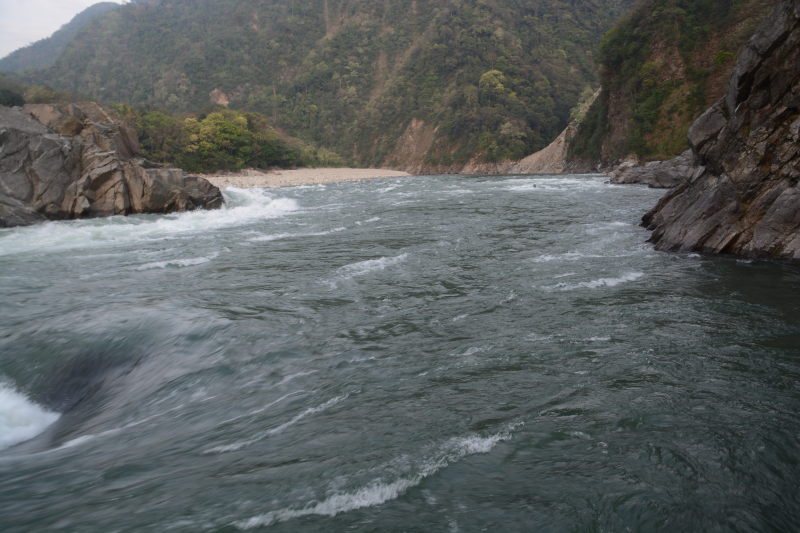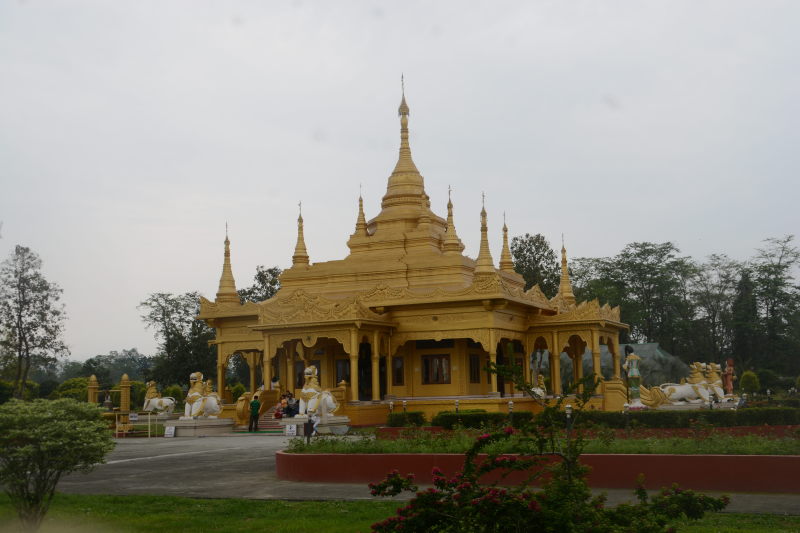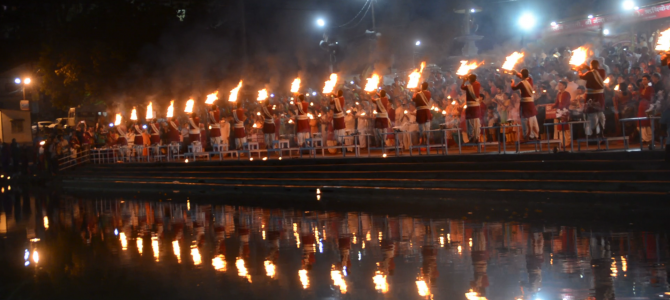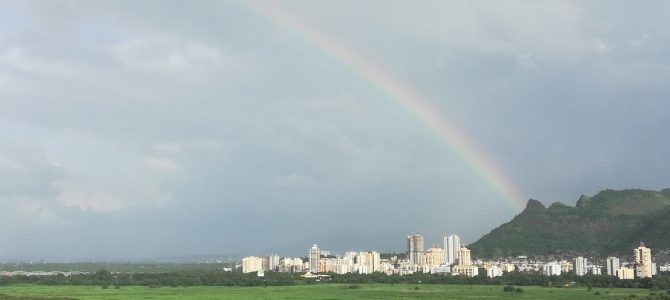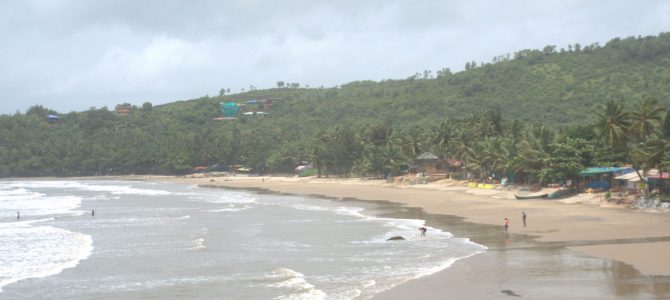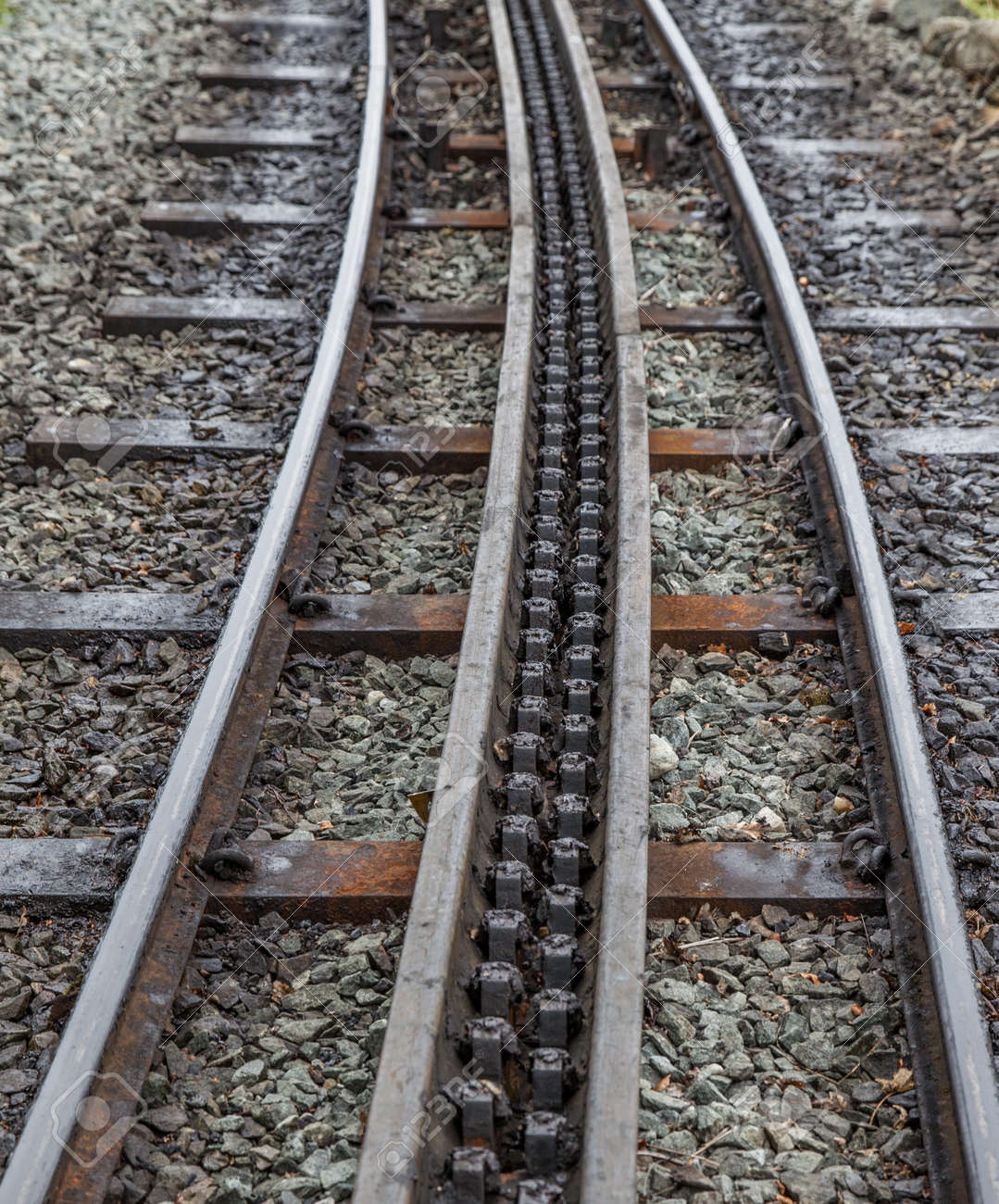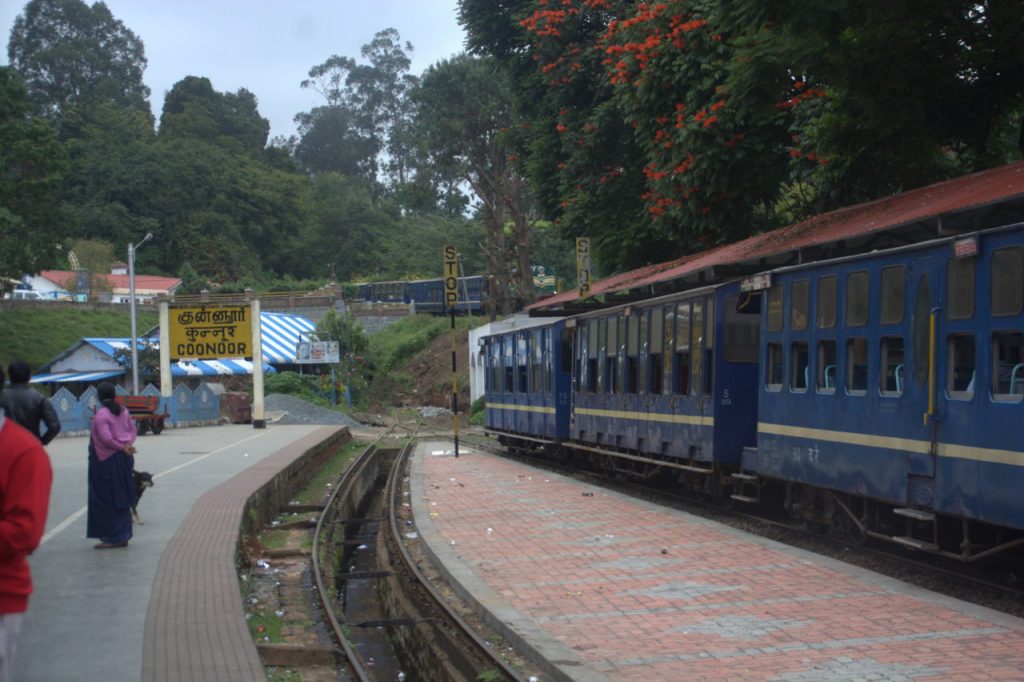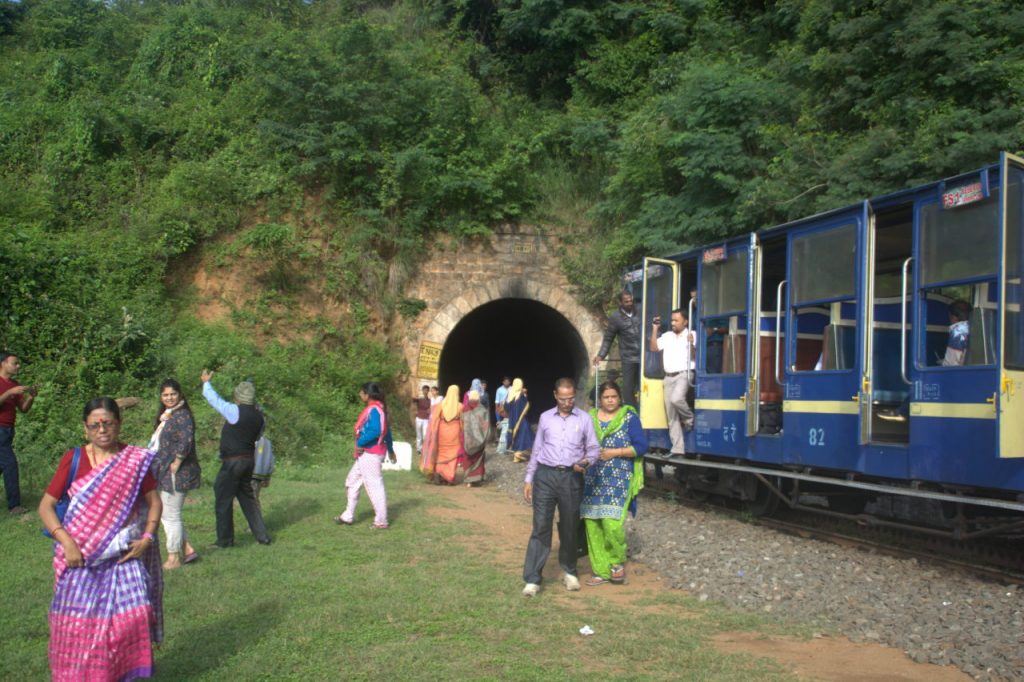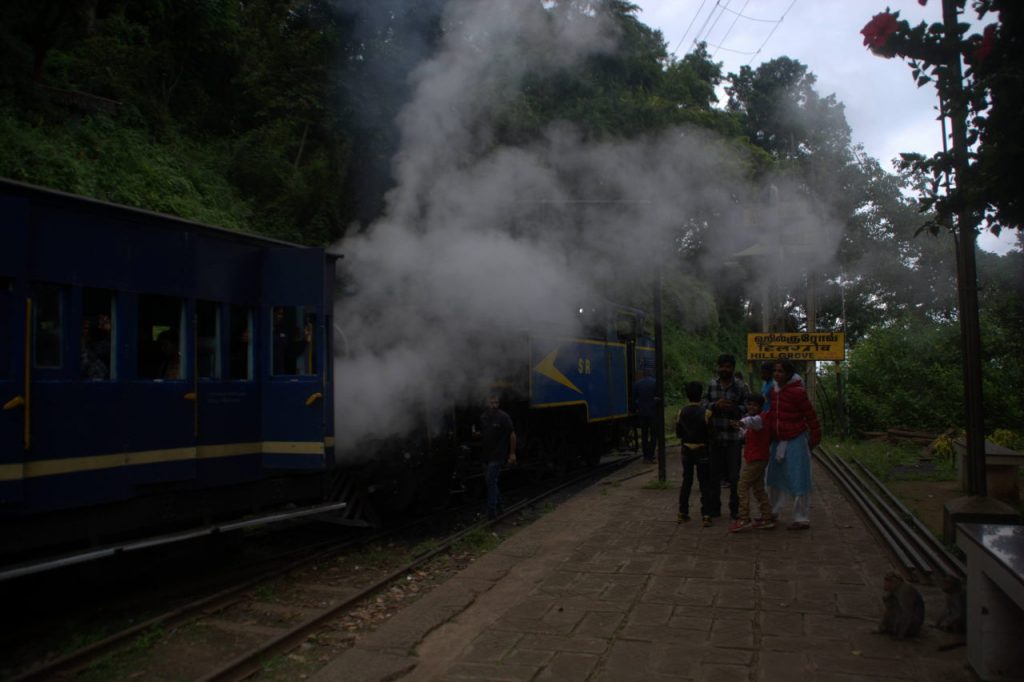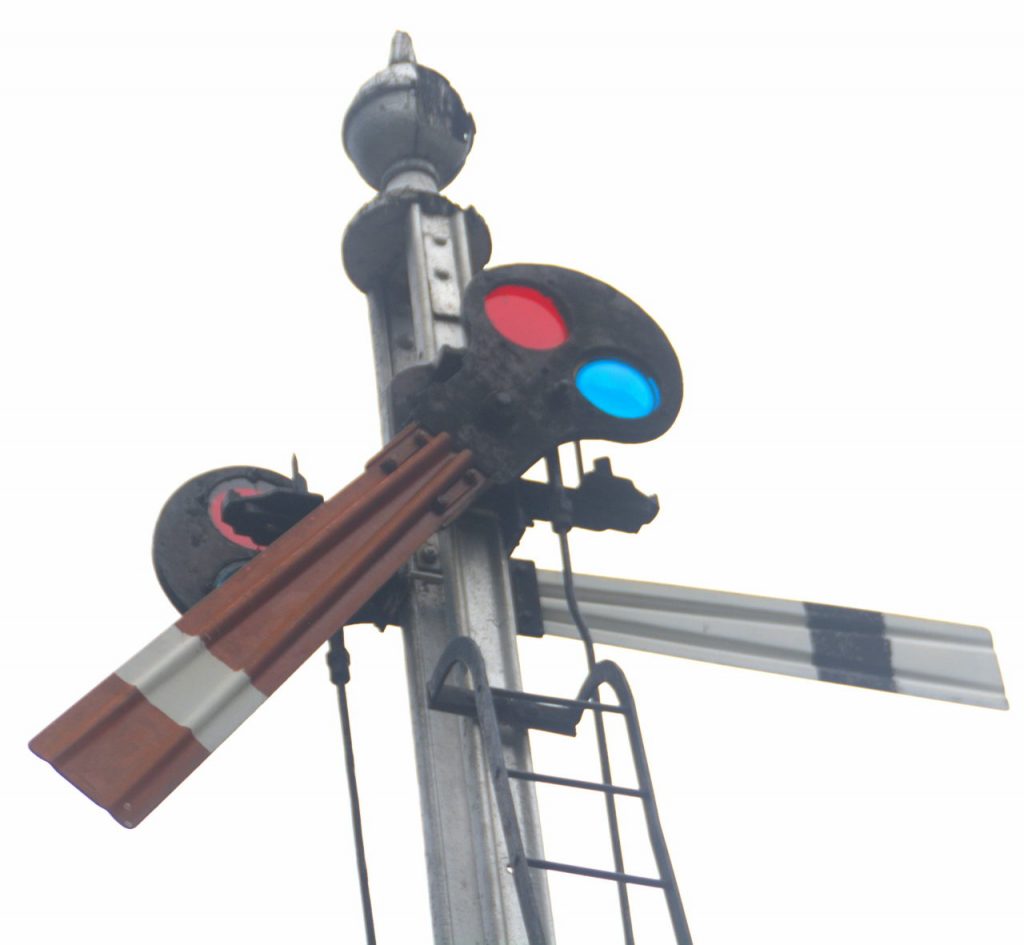Very little is known about the north-east of India. Of particular obscurity are states like Nagaland and Arunachal Pradesh, where transport is limited, roads are substandard, tourism is yet to catch up and awareness is limited. Before our trip to Nagaland, we used to picture the state a set of tribals wearing attire made of skin, jewellery made of animal bones and tribesmen clashing with each other. The reality is quite different. The Nagaland we saw is a state of vibrant youngsters who prefer English rock music and study in convent schools. Nagas are some of the most stylishly dressed people in all of India.
Nagaland also has no single official language, although the people speak Nagamese among themselves. Nagamese is just Assamese attempted by the people of Nagaland using grammar and pronunciation deemed ‘faulty’, but still communicable by the people of Assam. Think of it as what a Britisher would feel when Indians speak English or what north Indians would feel when south Indians speak Hindi. Majority of Nagaland speaks fluent English, being a Christian state and as a result of sending their people to convent schools. 95% of the state is Christian. Hindi is spoken sparingly in cities like Kohima, Dimapur and Mokokchung. Most of the Hindi speakers are from Rajasthan, Bihar and Assam. The natives of Nagaland themselves struggle with the language.
We had the privilege of covering all of north-east and hence Nagaland on our motorbike. This allowed us to be nimble, ride through roads of questionable quality, reach and stop at places not usually covered by public transport, explore some unique villages and learn a lot about the culture of different tribes in Nagaland.
Route plan
Due to the condition of the roads in Nagaland, we had no choice but to enter the state and exit to Assam thrice. Roads were non-existent between certain districts. It was better to track back and use Assam’s highways to re-enter Nagaland in a different region. Here are the three phases we covered in Nagaland.
- Land of the Ao tribes
- Land of the Konyak tribes
- Urban Nagaland
Let’s see each region one by one.
Land of the Ao
Among all the tribes in Nagaland, Ao tribes are the most educated, the most forward thinking and the friendliest to people from outside Nagaland. Aos are usually convent-educated and spend their youth in boarding schools. Most Aos are fluent in English, and moderately conversant in Hindi. Their native language is Ao, the same as the name of the tribe, and is classified under the Sino Tibetan family of languages. Just like Romio – Juliet and Heer – Ranjha, Ao tribes have their own sad-ending love story in the form of Etiben and Jina. Ao tribes reside in the district of Mokokchung.
Here are some interesting places to see in Mokokchung district.
Mokokchung town: Mokokchung town is the headquarters of the district. There is nothing particularly touristy in Mokokchung. But one can take long walks on the city’s streets and check out the local markets. The best view of the city is from the slope with Hotel Metsuben, which is at the highest point of the town. Unlike Mon district and places like Kohima, it is rare to find tourists, foreign or Indian, in Mokokchung district. So Mokokchung is a good place to rest at night, refuel your vehicle and stock up on supplies when you are in Ao tribe territory.
Mopungchuket: Mopungchuket is a little village slightly north of Mokokchung. It is one of the best villages to check out the life of Ao tribes. At Mopungchuket, we were guided around the village by Ronsengla, a primary school teacher and a choir singer at the local church. There are two towers in the village, that give a beautiful view of the hills in Mokokchung district. One of the towers is called Jina tower and the other Etiben tower, named after the two legendary lovers in the area. Also in the village, one can check the Ao tradition museum, which also doubles up as a guest house.
Sungkotenem park is a small park with a lake just on the outskirts of the village. A small trail in the park goes across the lake via a walkway and ends at a podium, where one can see sculptures from the legendary stories of Ao tribes. Finally, one can see architectural examples like a Morung, which is a form of a tribal hostel, a long drum and several other artefacts which have been preserved around the village for the benefit of tourists.
Longkhum: Longkhum is the village where according to the legends, the two lovers Etiben and Jina hung out during their clandestine time together. It is here that Jina used to play the traditional Ao instrument, Kota-Kongki, while Etiben would enjoy the music in bliss. At Longkhum, you can ask one of the local vilagers to show you around.
You will be shown a staircase frequented by Etiben and Jina. The staircase ends at a cliff, from where one can see a beautiful view of Doyang river. Along the way, there is a Naga version of a root bridge (made famous by Meghalaya) and a small caving experience in a narrow, but beautiful cave (caving is also famous in Meghalaya).
Land of the Konyak
Konyaks are one of the oldest tribes in Nagaland and had frequent skirmishes with the tribals from Burma. This led to head-hunting culture as we’ll see in the paragraph about Longwa. Konyaks inhabit the Mon district. The district shares a border with Sagaing state of Myanmar. Here are some interesting places to see in Mon district.
Mon town: Just like Mokokchung, Mon town on its own does not have much to offer. But it is a great place to run into people who are visiting or have visited Longwa. What’s special about Longwa? We’ll see in the next paragraph. Mon is a town with facilities such as lodges, restaurants and fuel stations. If you are bound for Longwa, Mon is a good place to stay for the night and use the next day to travel to Longwa.
Longwa: Longwa is a unique village in Nagaland that is right on the border of India and Myanmar. The house of the chief of the village, known as the Angkh, is partly inside India and partly inside Myanmar. One can stay for the night at one of the rooms inside the Angkh’s house. From here, one can go for a small trek to a landmark stone which is also on the border. One side of the stone has the name of India written in Devnagari, while the other side has the name Myanmar written in their local script.
Also unique to Longwa are the tribal marksmen who have hunted the heads of rival tribals. The head hunters are now very old, mostly in their 80s and 90s. They wear a chain around their necks with pendants that look like human heads. The hunters wear as many pendants as the number of heads they have hunted. Head hunting is now outlawed and the entire region is peaceful with the introduction of education and conversion to Christianity.
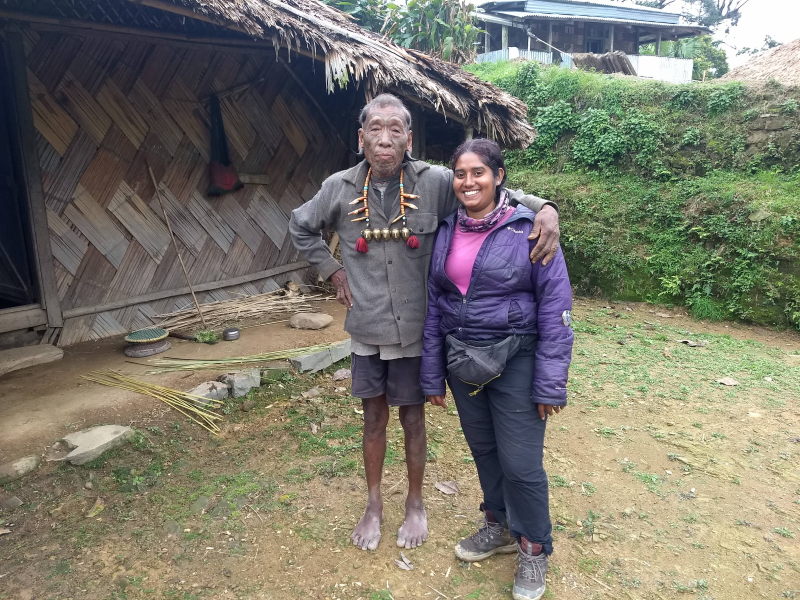
A Konyak headhunter. Note that he has felled 5 heads, thus the 5 pendants on the chain around his neck.
While growing of drugs like opium is banned in India, the Myanmarese side of the village grows and sells opium. Opium addicts flock the Myanmarese side of the Angkh’s house to consume the drug legally!
Urban Nagaland
From villages with love stories and villages with head hunters, let’s go to urban Nagaland, where two of the state’s largest cities lie 60 km from each other.
Dimapur: Dimapur is the largest city in Nagaland and the only one in the plains. Due to its location in the plains, Dimapur is the only city in Nagaland to have a railway station and an airport. Dimapur is the gateway to Nagaland since it is right on the border of Assam and Nagaland. The main language of Dimapur is Kachari, but other languages like Nagamese, Assamese, English, Hindi and Bengali are also spoken here. Something unique in Dimapur that we saw was a shop selling utensils, buckets and other material made of old rubber tyres.

At Dimapur with our friend Wapang. Wapang is from the Ao tribe (see the section ‘Land of the Ao’ above)
Kohima: Kohima is the capital of Nagaland. It is a city with Angami Naga tribe. The city is quite pleasing with several wall paintings, foot over-bridges which are painted on and places where graffiti is made using natural contours of the background.
Kohima has some good places to see, one of them being the Nagaland state museum, where most of the Naga tribes, their culture, sports and food have been described over several galleries. The war cemetary has a good path to stroll on. Kohima also has a good street market, where you will see some wierd things being sold as food items, e.g. frogs!
Khonoma: Khonoma is a village near Kohima which is termed as the Nagaland Heritage Village. It is here that every December, the Hornbill festival takes place. The festival is a congregation of all the tribes from Nagaland. It features dances, handicrafts, local food, natural products and many other things hosted on stages and in stalls.
Dzukou valley: Dzukou valley is a trek on the border of Nagaland and Manipur. On the highway between Kohima and Imphal, a trail starts near Jakhama village towards the ascent and ends on a pasture of land overlooking rolling slopes. At the top of the trek is a basic rest house with a dormitory and a few private rooms. If you have your own tent you can camp. A basic entrance fee (₹ 50) is to be paid for a trek to Dzukou.
Conclusion
Nagaland is a state of several territories, none of which you can call similar to each other. The state has more than 30 local languages and several dialects, most of which can be understood more by the Myanmarese and less by most Indians. It has its own love stories, head hunters and some beautiful vistas overlooking mountains and plains with plenty of greenery. The best time to visit the state is around November – December to make your trip coincide with the Hornbill festival. So plan your trip for the upcoming winter.

